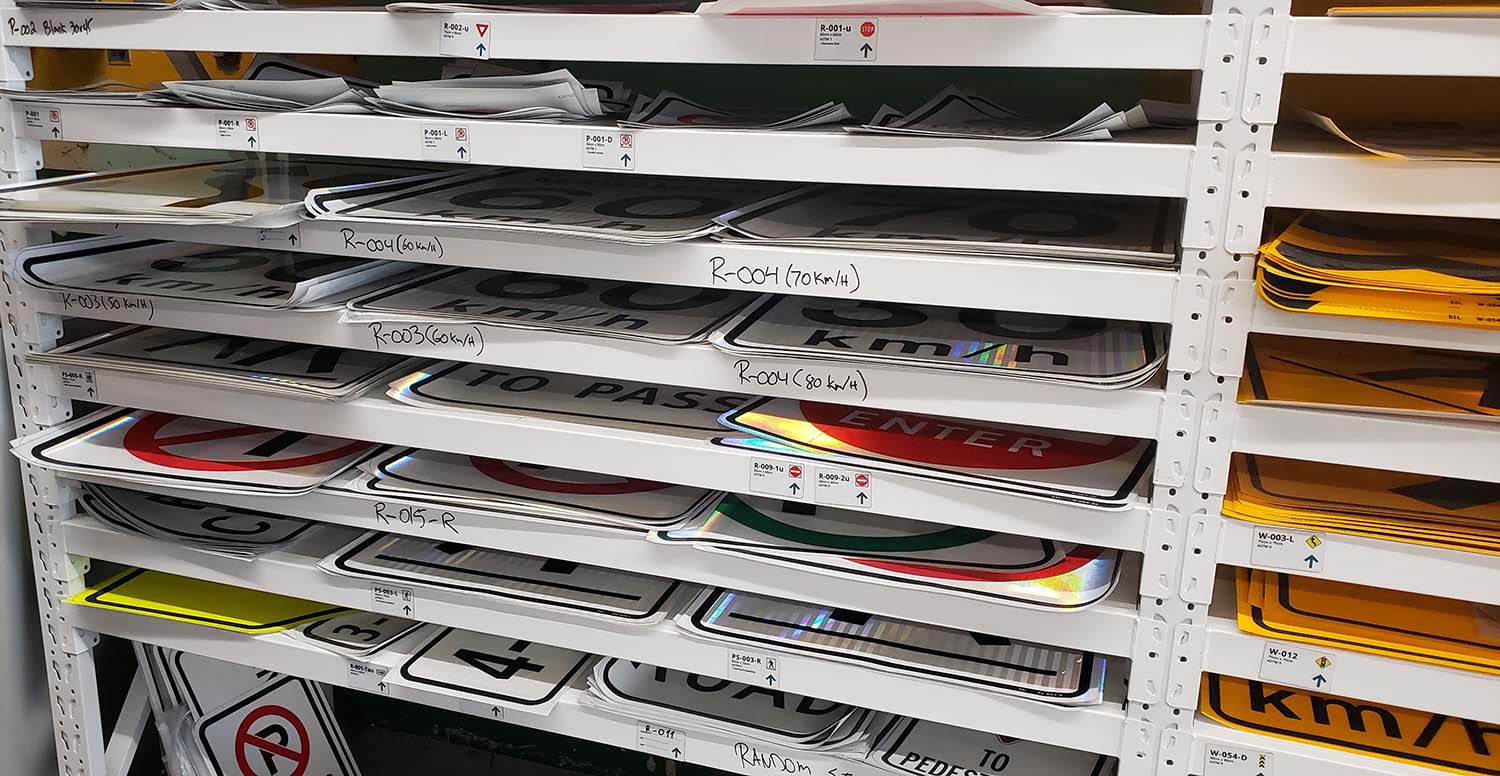Choosing the right material for outdoor signs is more than just a technical decision—it’s a critical factor in ensuring safety and effectiveness. The materials we choose determine how well the signs withstand weather conditions, stay visible, and endure over time.
Different environments and conditions demand specific materials to ensure longevity and visibility. Understanding the pros and cons of each material helps us make the best choice for specific needs.
As we explore various materials like aluminum, steel, and polycarbonate, it’s important to consider factors such as durability, visibility, and cost. Each material has its advantages and limitations. By taking a closer look at these elements, we’ll be better equipped to choose the most suitable options for our outdoor signs, ensuring they serve their purpose well and stand the test of time.
Understanding the Importance of Material Selection for Outdoor Signs
Choosing the right material for outdoor signs is crucial for ensuring their effectiveness and longevity. The materials play a significant role in how well the signs endure various weather conditions and maintain visibility over time. A sign made from poor-quality material might fade, break, or become unreadable, defeating its purpose and potentially causing safety hazards.
There are several common materials used in road signs, each chosen for specific reasons. Aluminum is popular for its durability and resistance to rust, making it suitable for many environments. Steel is another choice, known for its strength and sturdiness, though it requires more maintenance to prevent corrosion. Polycarbonate and other plastics are also used for their lightweight and versatile properties, often employed in temporary or less critical signage. Each material has its own set of benefits and limitations, which need to be considered based on the specific conditions and requirements of the signage project.
Key Factors to Consider When Choosing Materials
Durability and resistance to weather conditions are some of the most important factors to consider when selecting materials for outdoor signs. The signs should withstand rain, wind, heat, and freezing temperatures without deteriorating quickly. Materials like aluminum and powder-coated steel are excellent at resisting corrosion and maintaining their integrity over time.
Visibility and reflective properties are critical for ensuring signs are easily seen, especially at night or during poor weather conditions. Reflective coatings and high-visibility colours help make the signs stand out, catching the attention of road users. Materials that hold reflective sheeting well or incorporate LED lighting can be especially useful. Balancing cost and budget considerations is also important. While it might be tempting to choose cheaper materials, investing in higher-quality options can lead to longer-lasting and more effective signs, ultimately saving money on replacements and repairs.
Comparing Common Materials for Outdoor Signs
When we compare common materials for outdoor signs, each has its advantages and drawbacks. Aluminum is one of the most widely used materials due to its lightweight nature and strong resistance to rust. Pros of aluminum include its long-lasting durability and minimal maintenance needs. However, it can be more expensive compared to other materials. Another con of aluminum is that while it’s sturdy, it can be damaged by strong impacts.
Steel is known for its strength and robustness, making it an excellent choice for areas where signs are prone to physical damage. The pros of steel include its exceptional durability and sturdiness under extreme conditions. On the downside, steel is prone to rust if not treated properly, which means it requires regular maintenance. It is also heavier than aluminum, which can complicate installation processes.
Polycarbonate and other plastics offer unique benefits. They are lightweight and highly versatile, making them ideal for temporary signs or specific conditions. Pros of plastic materials include ease of installation and cost-effectiveness. However, they can be less durable compared to metals and may become brittle over time, especially when exposed to prolonged sunlight or harsh weather conditions and might need more frequent replacements.
Tips for Ensuring Long-lasting Outdoor Signs
Following best practices for material maintenance is essential to ensure outdoor signs remain effective over time. Regular cleaning helps keep the signs visible and free from dirt or grime that can obscure important information. Using mild, non-abrasive cleaning solutions preserves the reflective quality and overall condition. It’s crucial to avoid using harsh chemicals that can damage the materials. Sensitive surface cleaner, specially designed for graffiti removal is available through Tran Sign.
Protecting signs from wear and damage involves strategic placement and additional reinforcements if necessary. Applying protective coatings can also help resist weather-related wear and tear. These coatings can prevent corrosion on metal signs and help maintain the integrity of plastic signs against UV damage.
Recommendations for periodic inspections and updates ensure the signs remain effective. Conducting routine checks helps identify any signs of aging, damage, or fading.

Conclusion
Choosing the right materials for outdoor signs significantly impacts their effectiveness and longevity. By understanding and comparing materials like aluminum, steel, and plastics, we can make informed decisions that meet specific needs. Each material has unique benefits and limitations, making matching the design to the environment and usage requirements important.
Maintaining and protecting outdoor signs through regular cleaning and strategic placement further extends their life. Regular inspections and timely updates ensure the signs remain visible, legible, and effective.
Explore Tran Sign’s comprehensive range of custom signage solutions designed to meet your specific needs. Learn how we can help you enhance the safety and efficiency of your roads with high-quality, durable road signs. Contact our custom signage company today to learn more.

